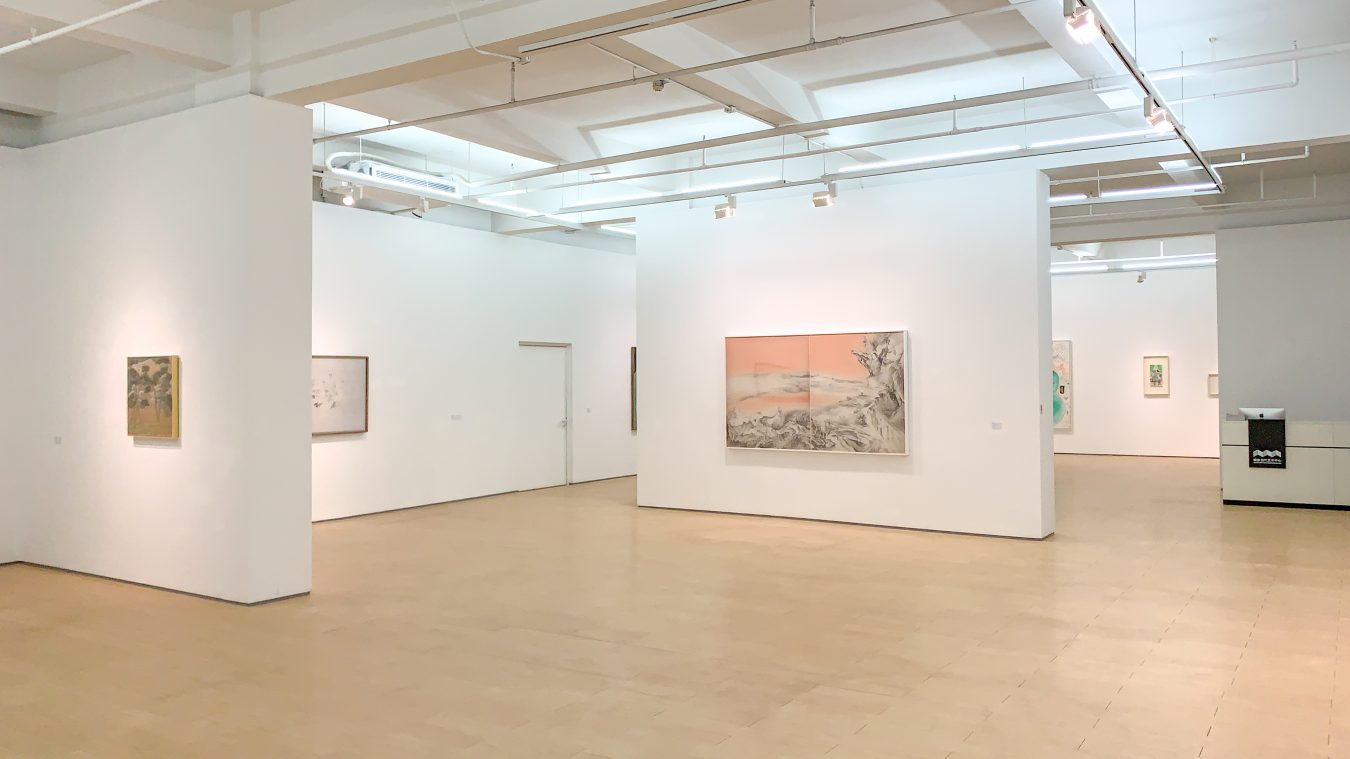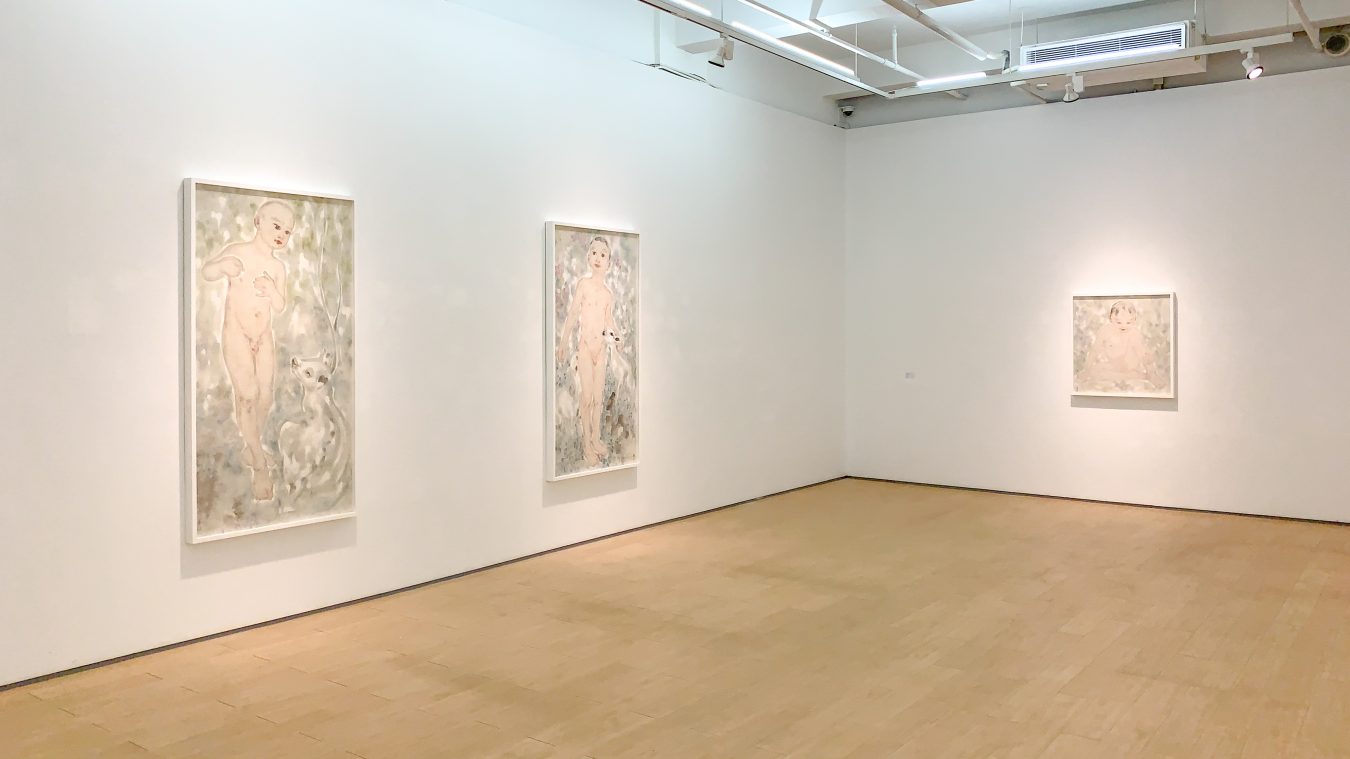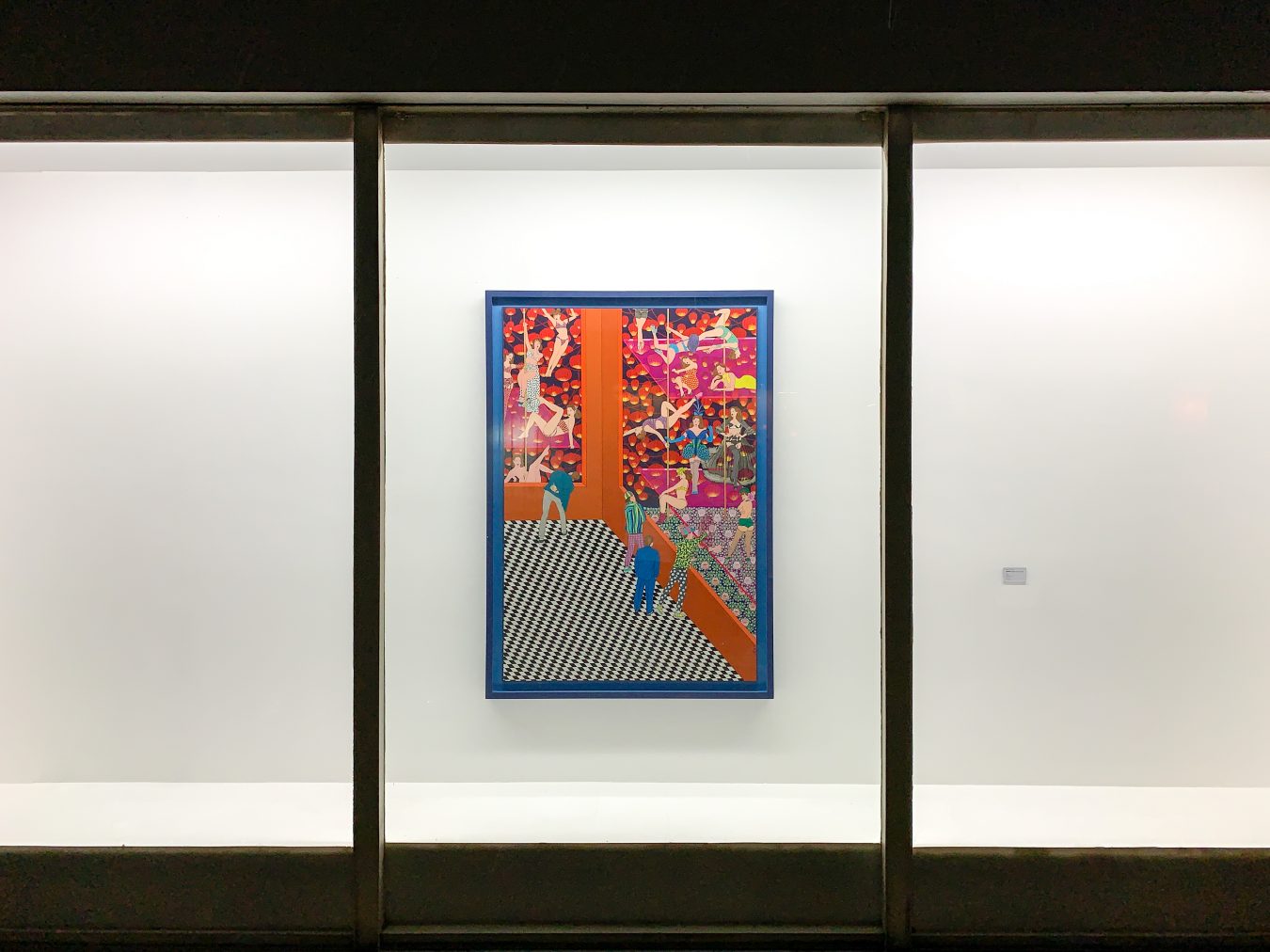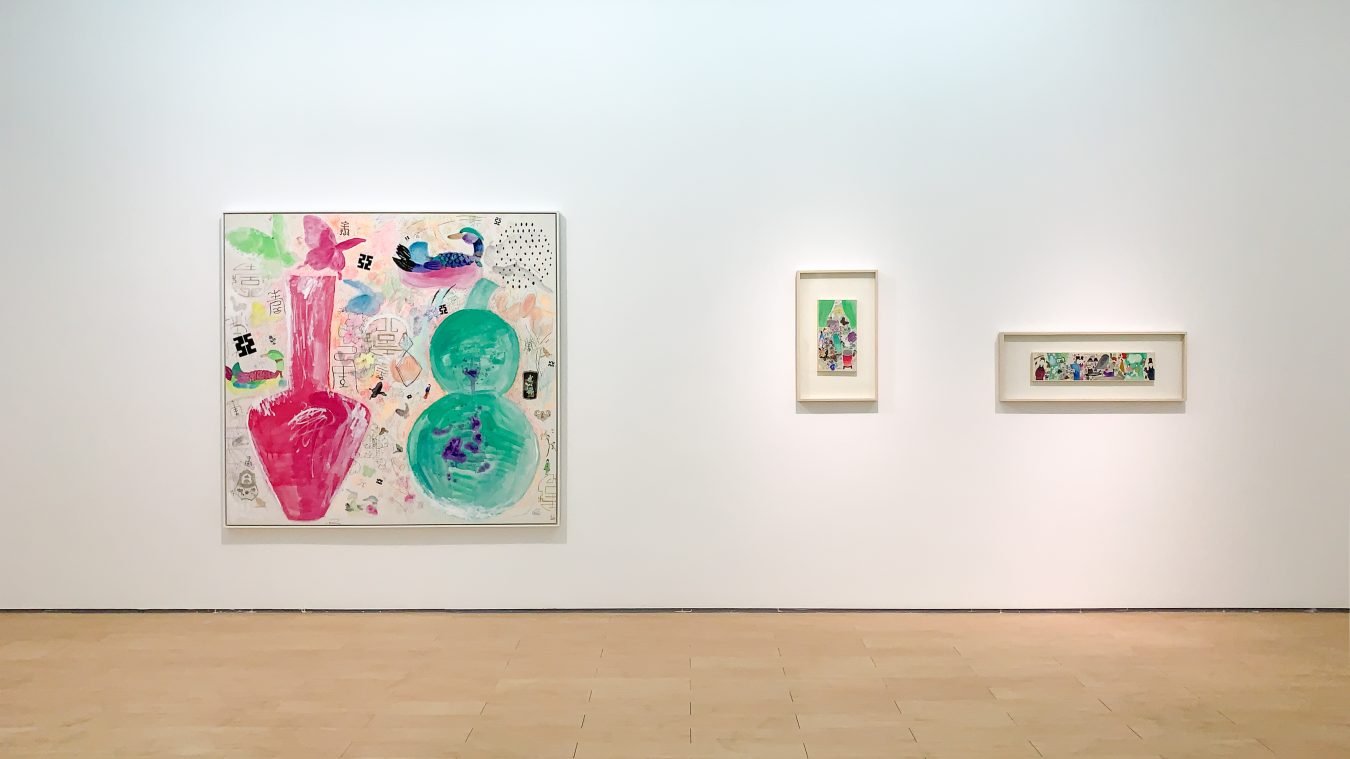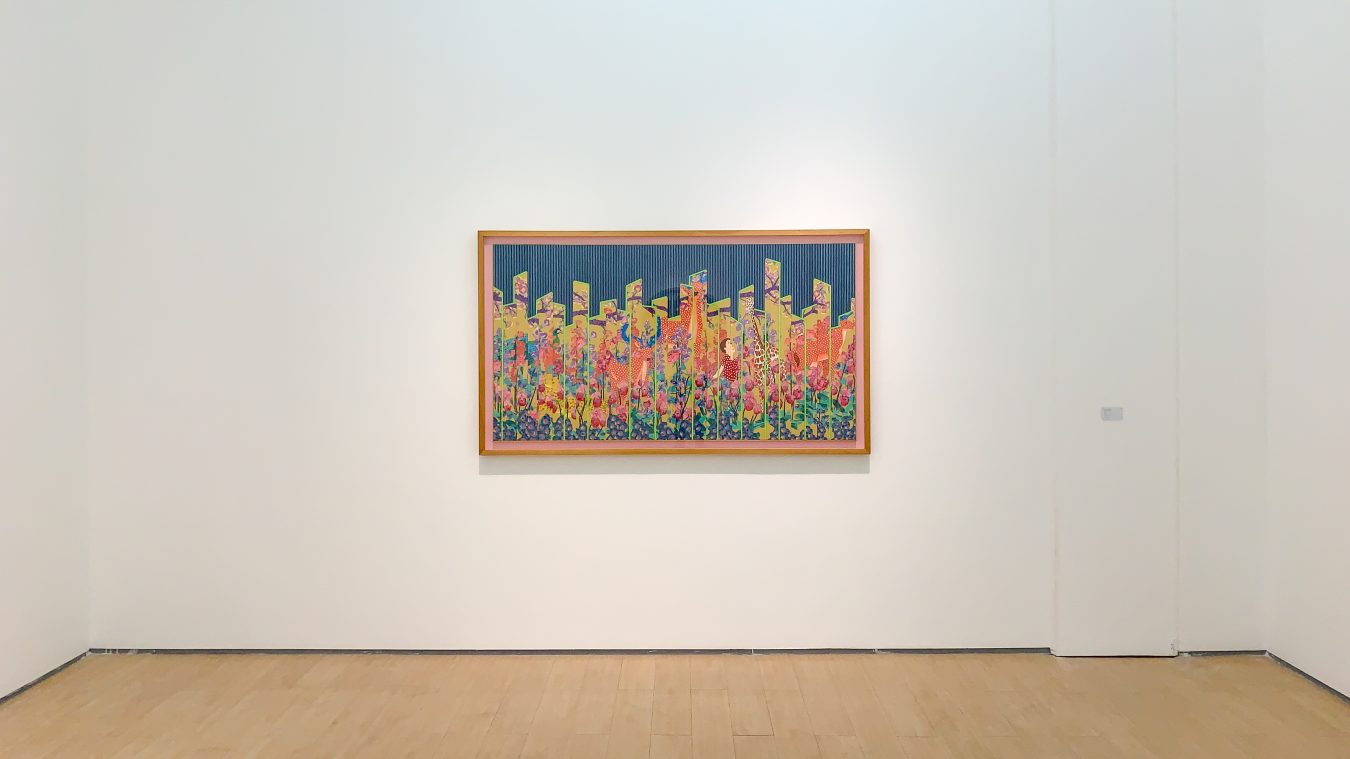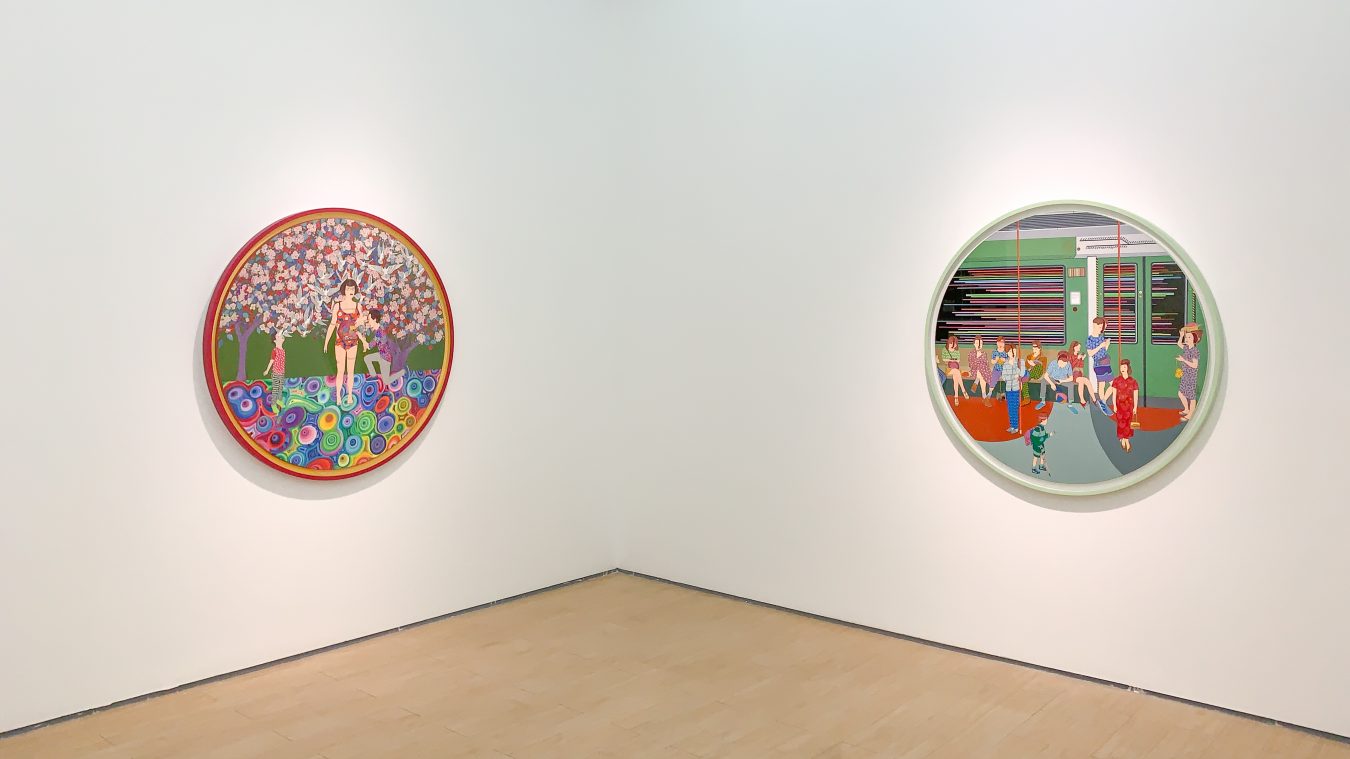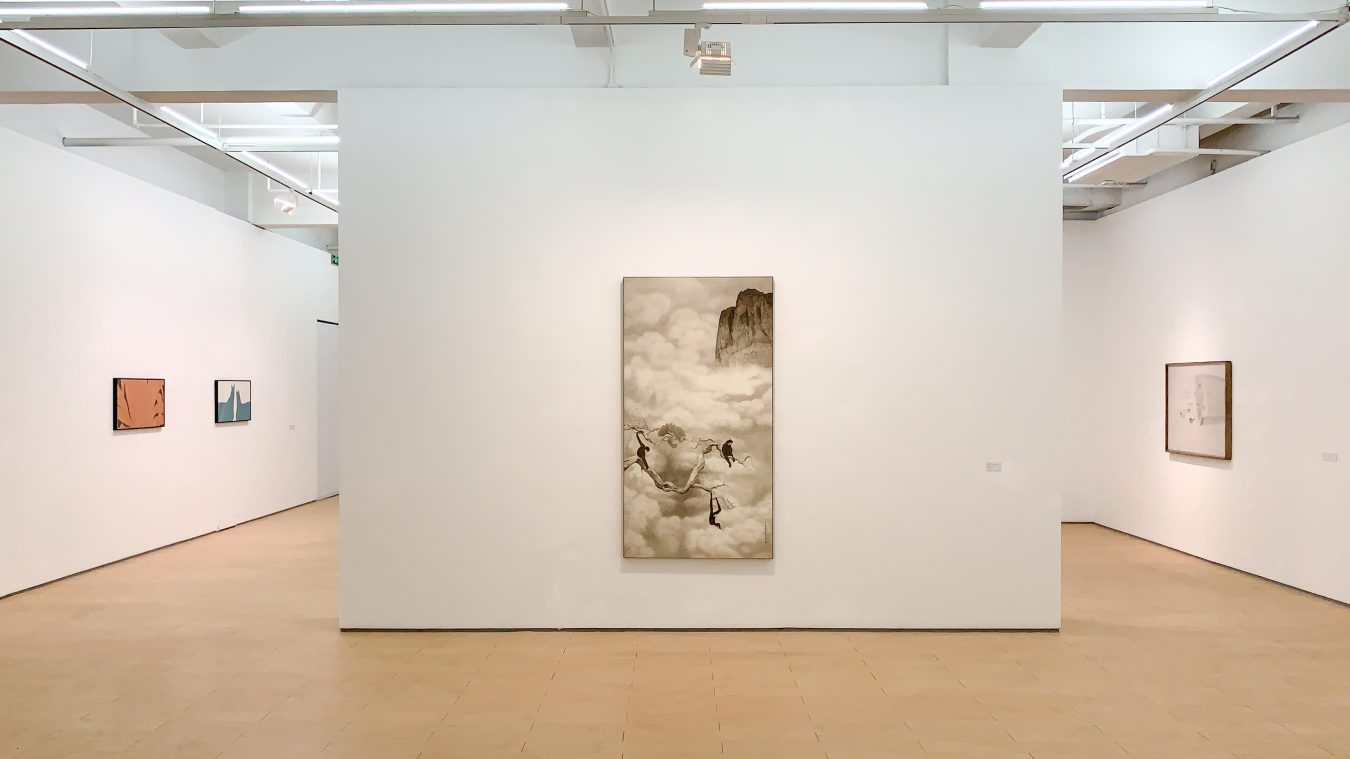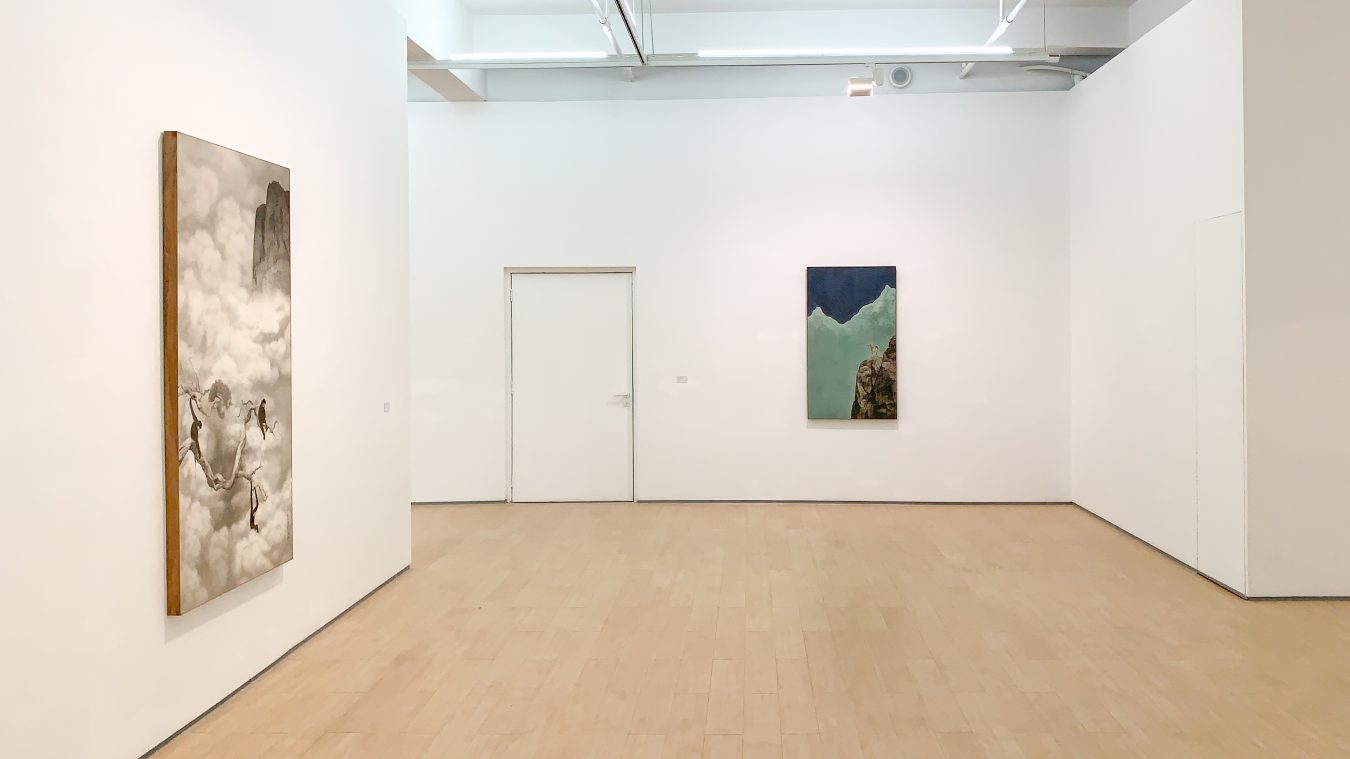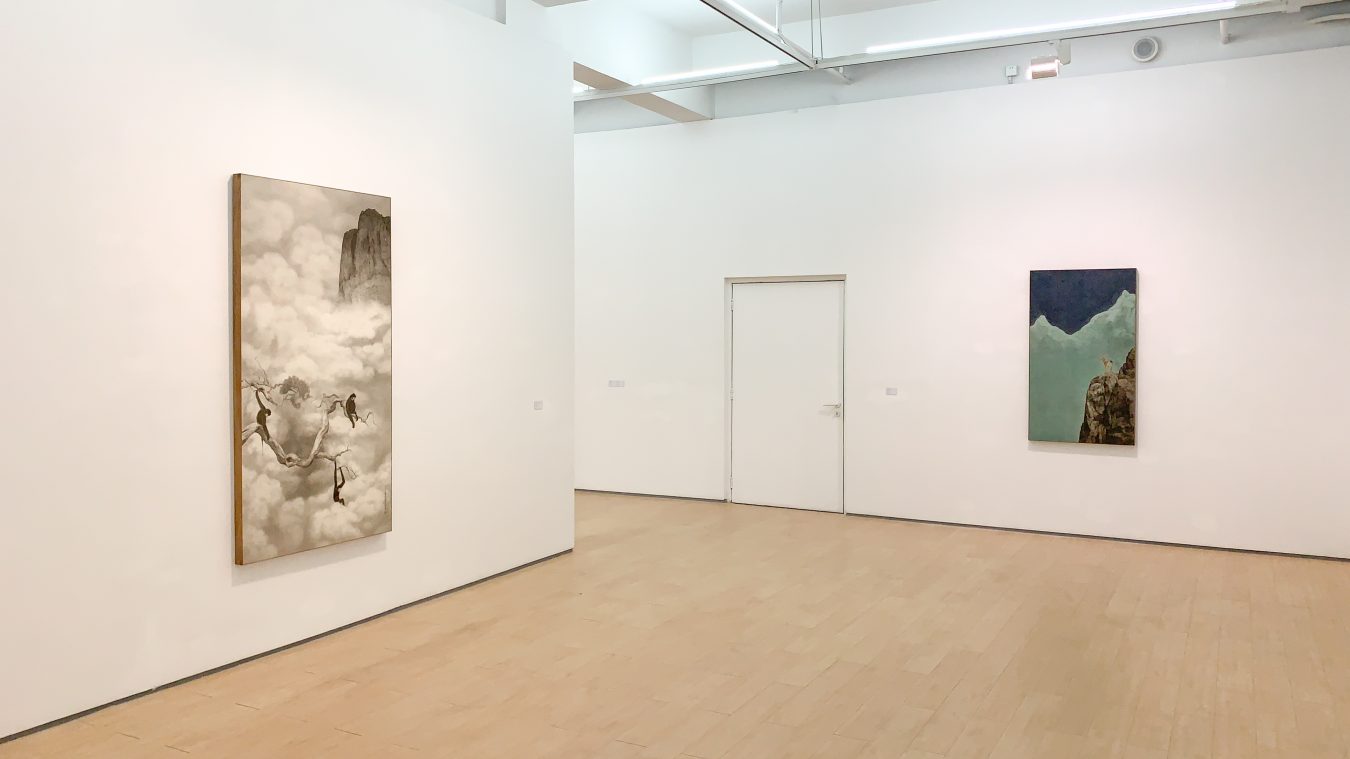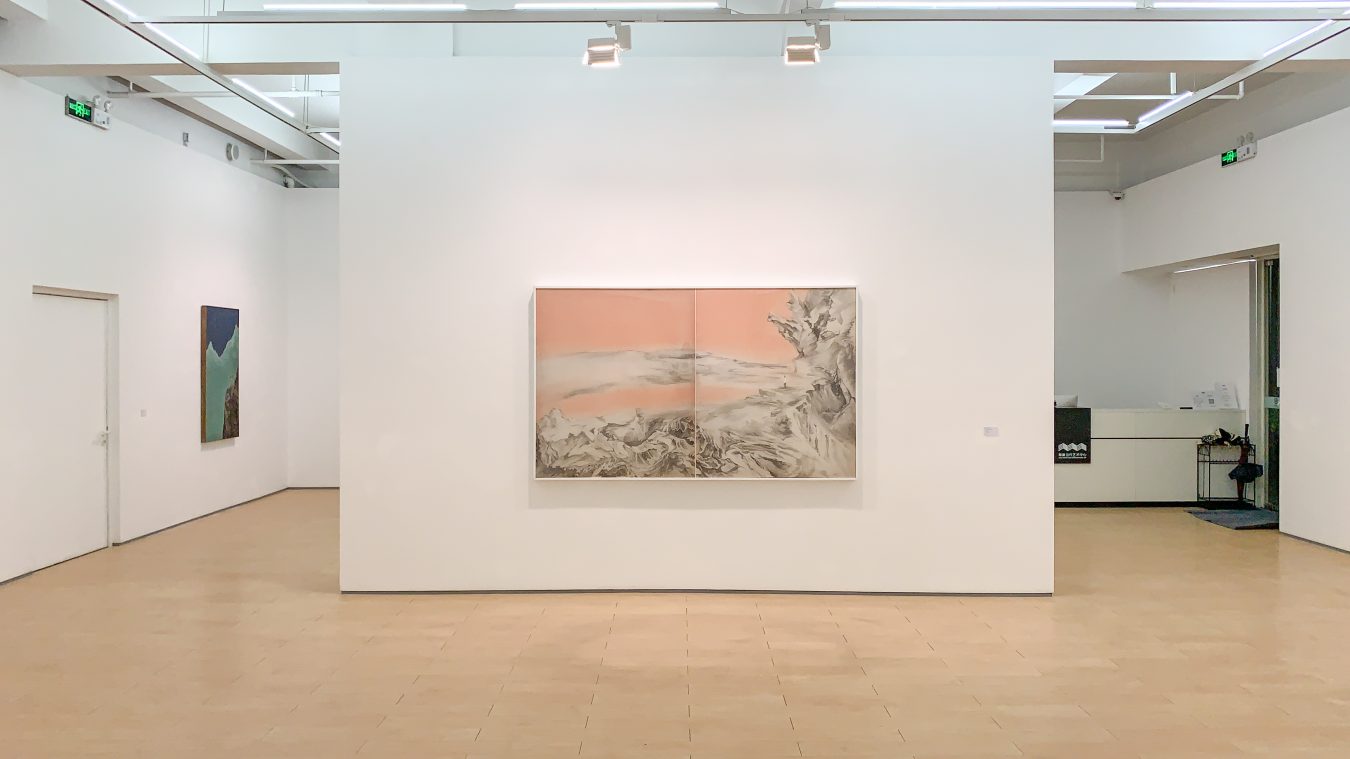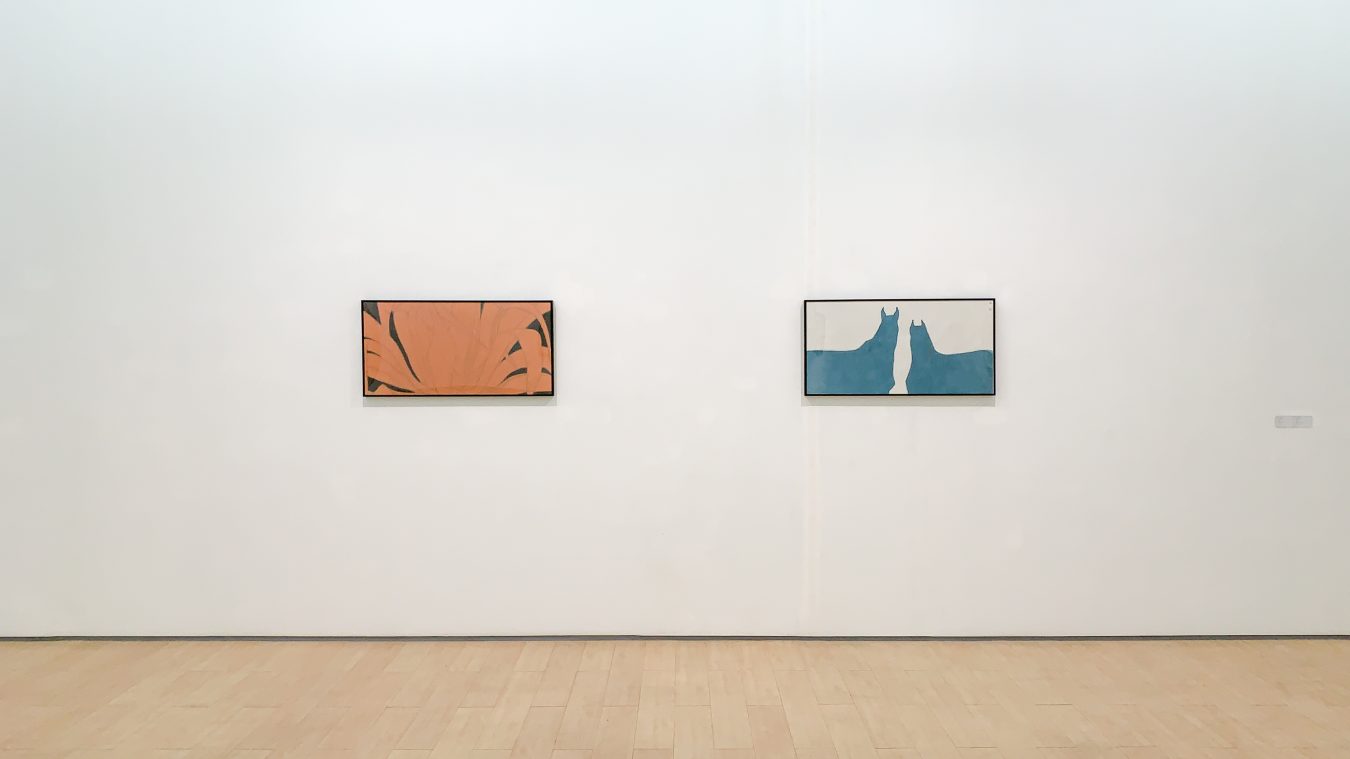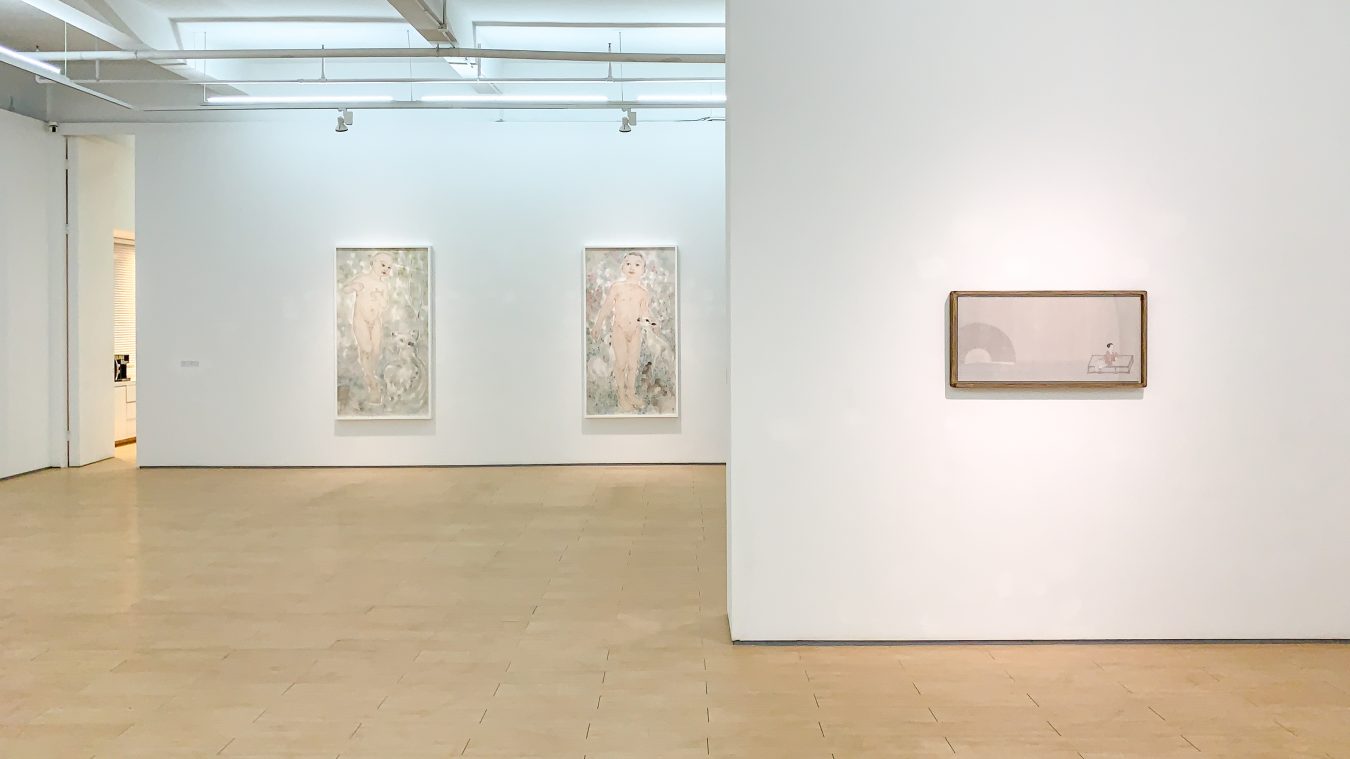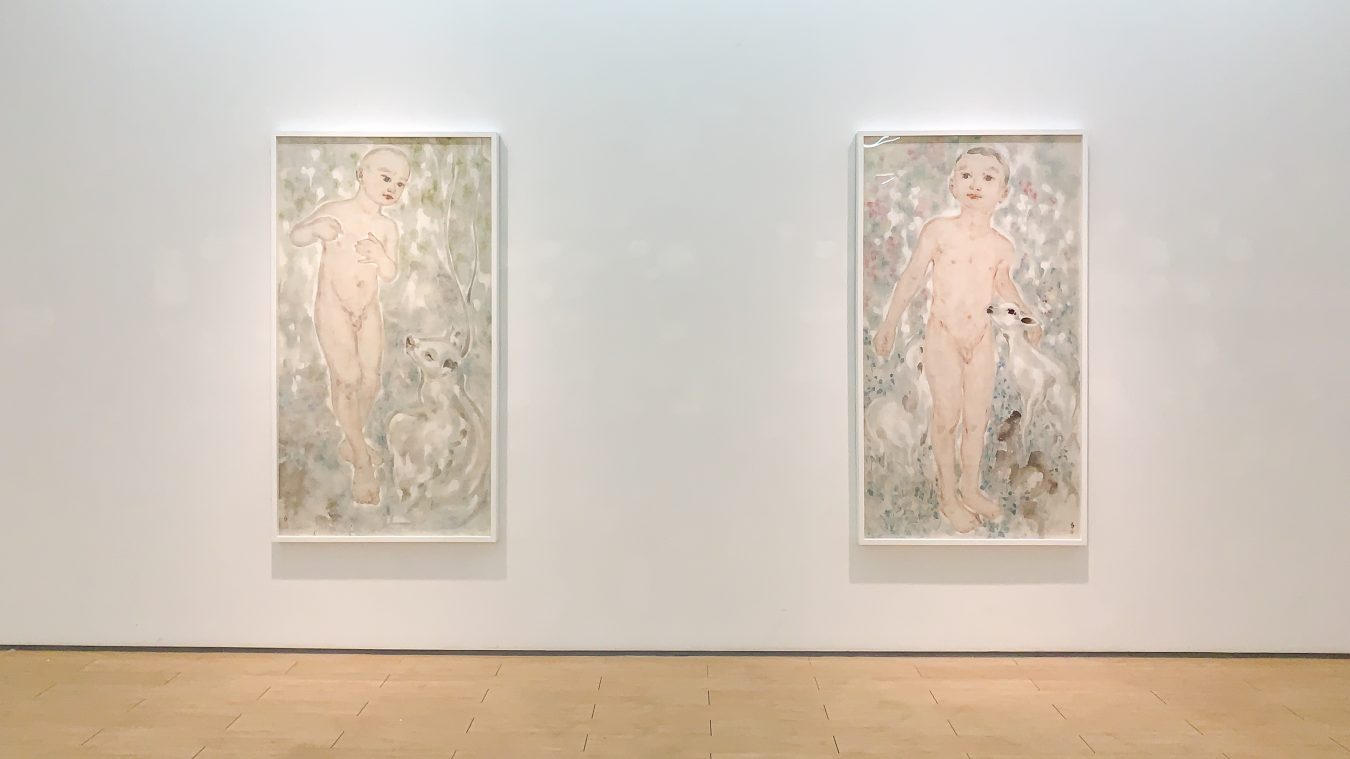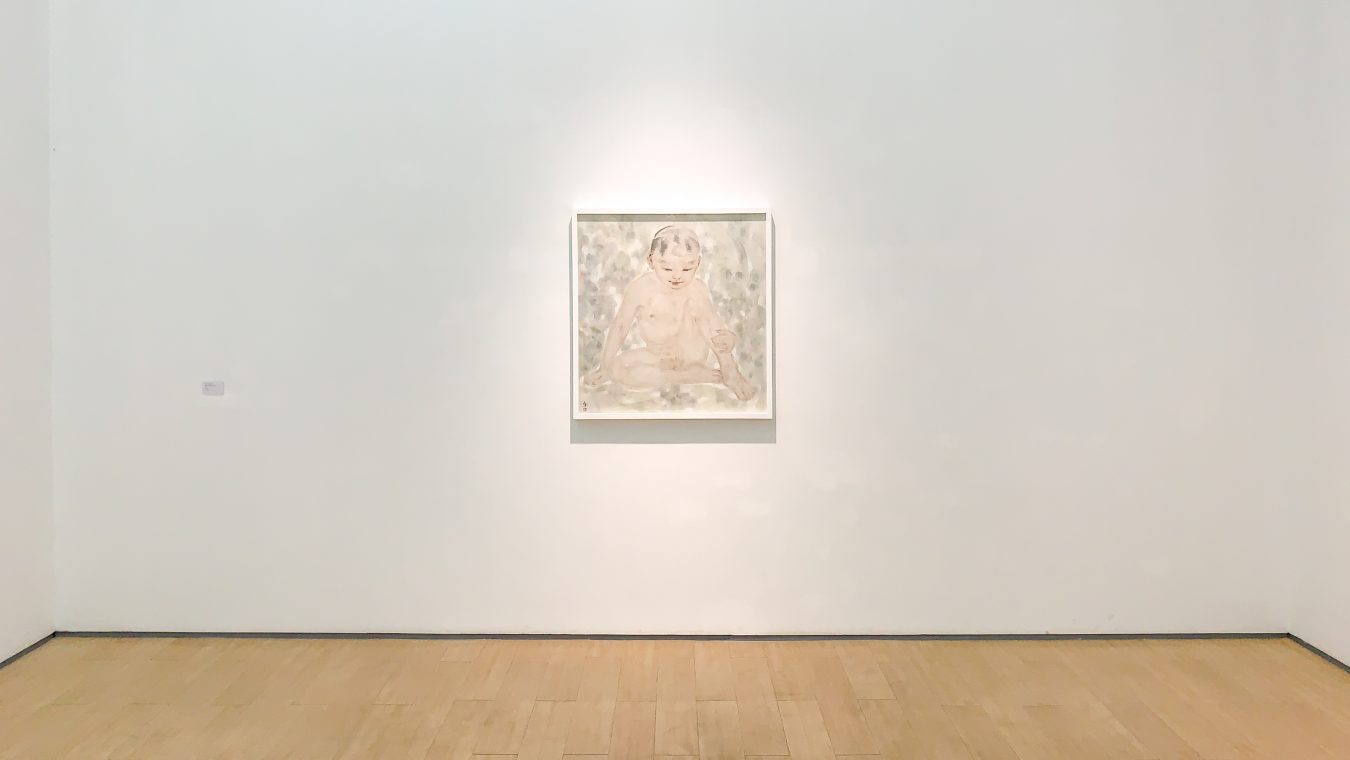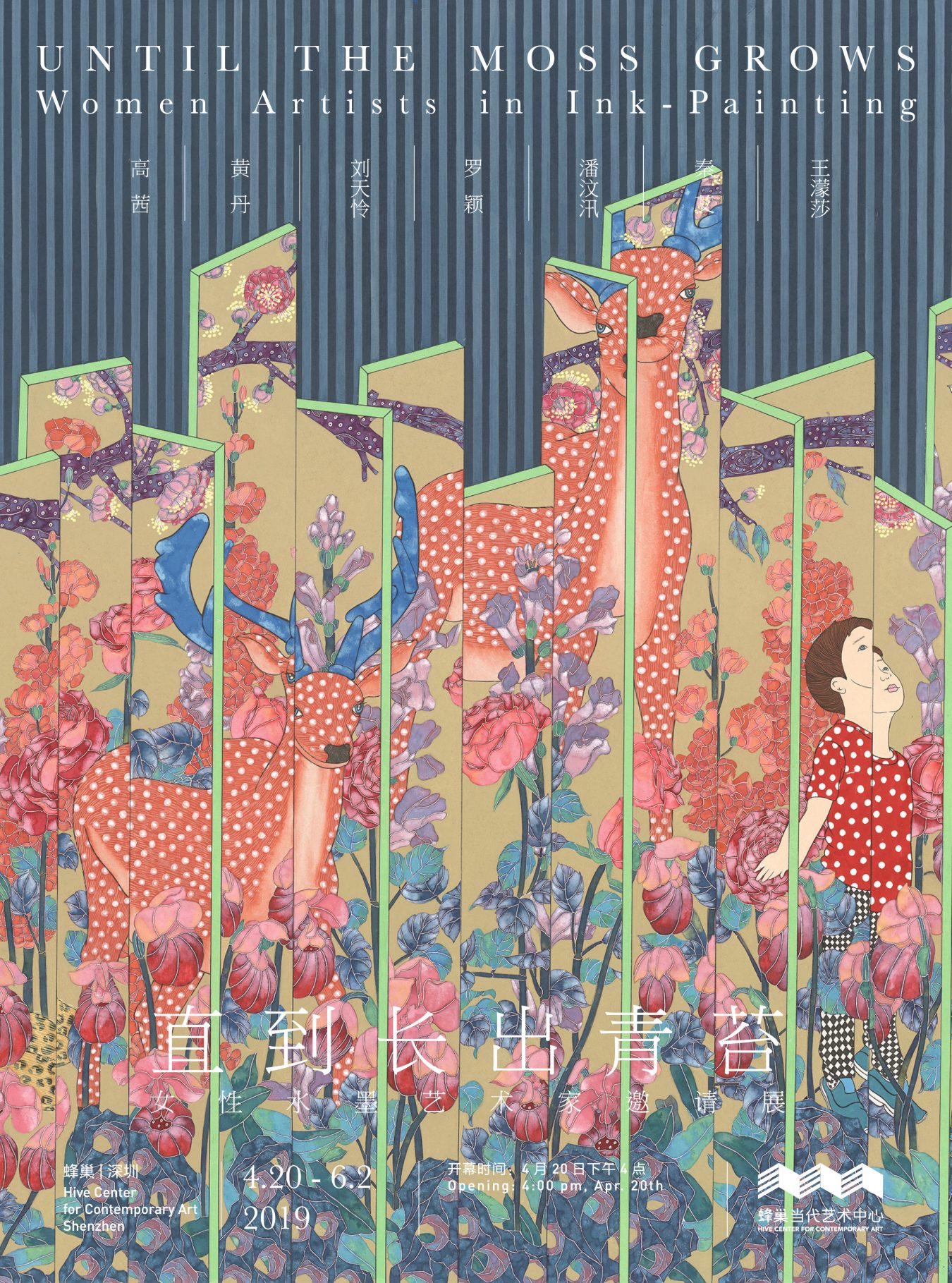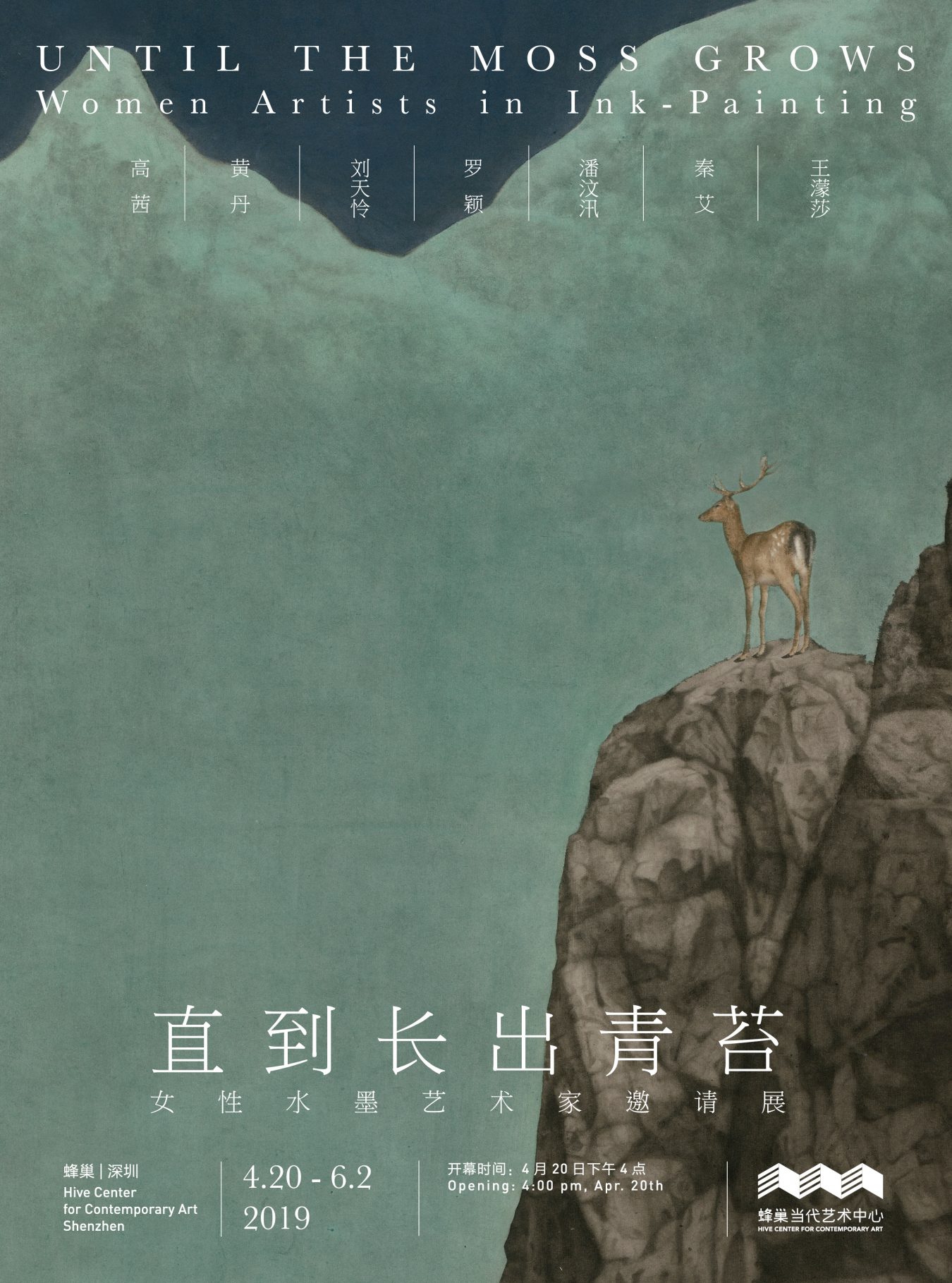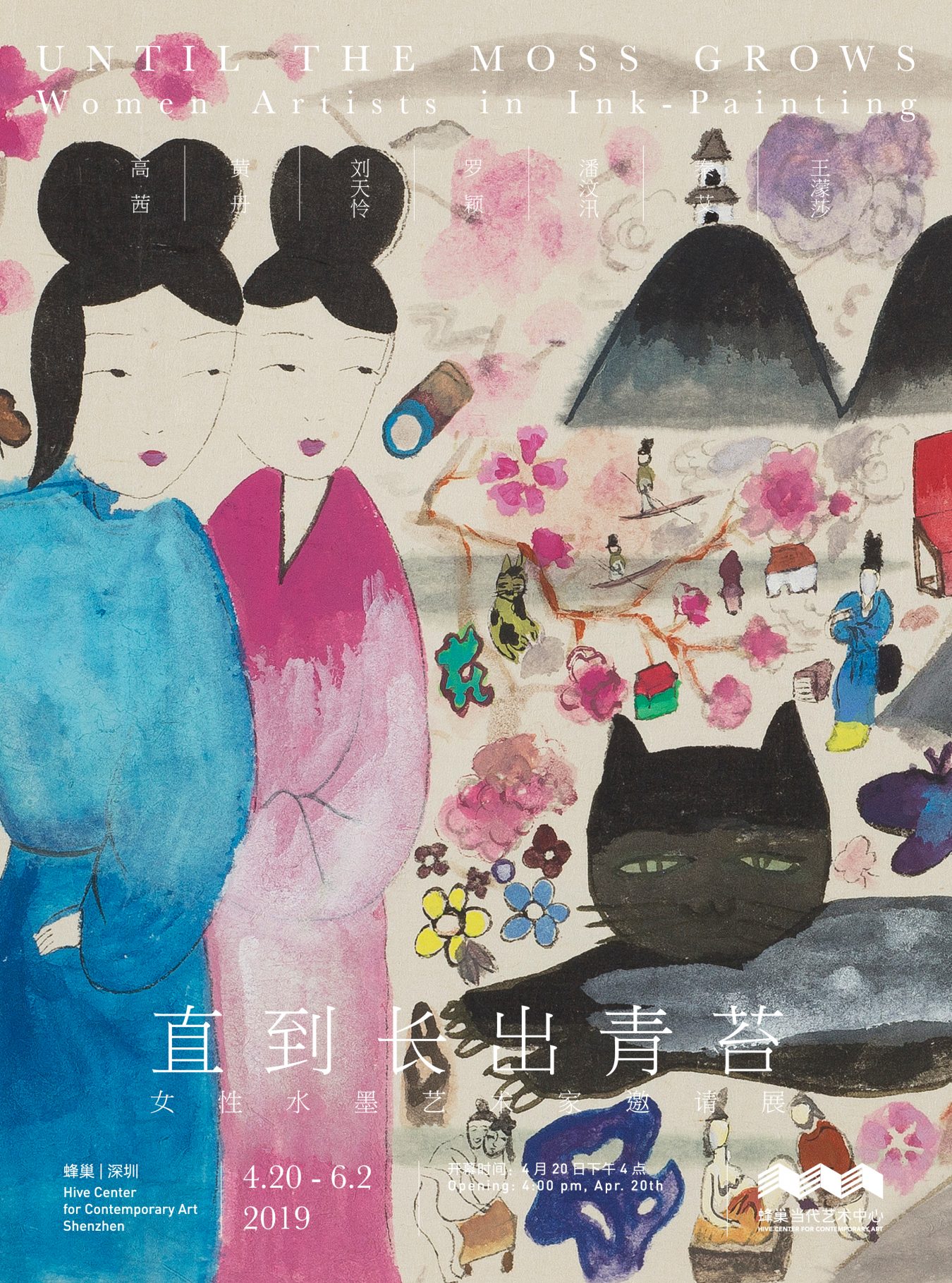Hive Center for Contemporary Art (Shenzhen) announces Until the Moss Grows: Women Artists in Ink-Painting, opening April 20. This exhibition features the recent representative works of seven female artists engaged in ink-painting: Gao Qian, Huang Dan, Liu Tianlian, Luo Ying, Pan Wenxun, Qin Ai, and Wang Mengsha. The exhibition will be open through June 2.
Hive Center for Contemporary Art has long been committed to the inquiry into Eastern aesthetics in the context of contemporary art. As an important contributor in this arena, Contemporary Ink-Painting has always been a focus of Hive’s research and curation. Through the two “Grand Ink-Painting Exhibitions” of 2013 and 2014, Hive has already systematically organized the vein underlying much of Contemporary Ink-Painting in China. Outside of these two exhibitions, in a more punctuated manner, Hive has continued its research of Ink-Painting and has organized an array of important individual and group exhibitions in Contemporary Ink-Painting, including: Veneer of the World: Xu Lei (2013), Painted Skin: Five Female Ink Artists (2014), A Carefree Excursion: Wu Yi Solo Exhibition (2014), Harmony in Diversity: Academic Exhibition of QiShe Arts (2014), Secluded and Infinite Places: Hao Liang Solo Exhibition (2014) and Amassing the Essence: 30 Years of Painting by Liang Quan (2015), among others. In the present exhibition, Hive returns to reorganize and refine artist cases it has long followed, presenting the work of these seven representative female artists at Hive (Shenzhen).
“Until the Moss Grows” is a line from the Man’yōshū, the oldest extant collection of Classical Japanese poetry. Man’yōshū translates literally as the “Collection of Ten Thousand Leaves”. Previously, photographer and architect Hiroshi Sugimoto used the line, “Until the Moss Grows”, as the title for his collected works. The title broadly expresses the artist’s desire to compress eternity, a state of waiting ripe with Zen connotations. Moss, compared to its neighboring species, is not easily noticed or discovered; it does not arrest the gaze. Moss embodies the Eastern aesthetic principle “mono no aware”, meaning literally “the pathos of things”, and representing a sensitivity towards the transience of things. Moss implies an affinity to detachment. Moss is also a focus of “Deer Park”, a poem by Tang dynasty poet, Wang Wei. In the line, “Reflected light enters deeply into the forest / Illumination again: going to the green moss.” Wang Wei expresses a different aesthetic idea regarding moss. A moment’s glow causes the dark forest to draw in a warm wisp of light. The easily forgotten moss is transformed into the most brilliant, warm hue on the scene, a contrast to the dim light of the forest. The aesthetic ideas moss represents, an aesthetic and habitual attitude of detachment, and the arresting warmth of light amidst darkness, coincide with the characteristic most prominent in the work of female ink-painters, that of yin xiu. Yin xiu literally means, “hidden show”, that is, being simultaneously veiled and exhibitionistic, implicit and distinct. To a degree, “hidden” recalls the moss seen through Hiroshi Sugimoto eyes, while “show” is like the moss beneath Wang Wei’s pen.
The overwhelming amount of discussion regarding the topics “ink-painting” and “female” in contemporary art and society have, intentionally or not, placed artists in this category in a disadvantaged position. Excessive surface-level discussion has caused the artist’s individual value to be obscured or dwarfed. We cannot overlook that many female artists have persisted in using this traditional art method to attempt to express the eternal, each with their individual, innovative approaches. They use life, time, and history as axes to reflect on life at present and on the rise and fall of culture. They investigate the moment and the eternity in which this traditional art form is reflected into the present. Their work carries thought and wisdom simultaneously contemporary and traditional.
This exhibition’s intention is to select and display artists in this category who show both the characteristics associated with moss and the artistic pursuit of yin xiu. The exhibition strives to build on a preexisting foundation to reveal a deeper level of yin xiu’s meaning. It is what Liu Xie sets forth in The Literary Mind and the Carving of Dragons, the culmination of the “deep text” of “hidden” and the “hidden luxury” of “show”.


